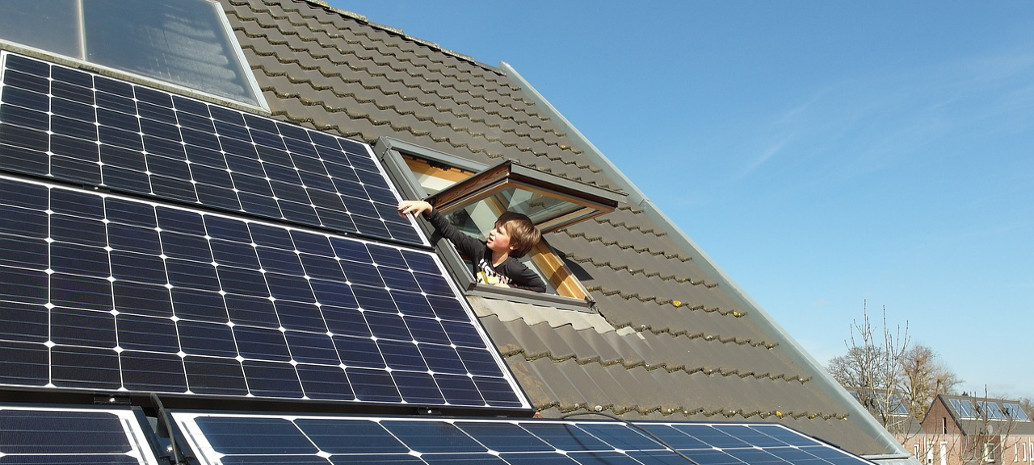According to a new report by the Smart Electric Power Alliance (SEPA), U.S. utilities are about to enter the energy storage market in a significant way.
The survey, based on responses from 115 utilities, shows that 72% of them are planning on offering behind-the-meter energy storage opportunities for their residential customers, while 80% plan on offering programs to their commercial/industrial customers.
Currently, the market is small – only 622 MW of energy storage, producing 661 MWh – are currently online. Of that, 207 MW producing 257 MWh came online last year. Residential deployments accounted for 4.5 MW (7.5 MWh); non-residential accounted for 54 MW (68 MWh); and utility-supply accounted for 151 MW (181.6 MWh).
What is most intriguing about the survey, however, is where the new energy storage is coming online.
While California still led the way in connecting energy storage in 2016 (121 MW, 177 MWh), Indiana (22 MW, 21 MWh) and Ohio (16 MW, 6 MWh) came in second and third. As pv magazine reported in July, the U.S. Midwest is quickly becoming a hot solar market, with Minnesota and Illinois leading the way. Energy storage can only help those burgeoning markets expand further.
Southern California Edison installed 40% of last year’s new energy storage supply, while Indianapolis Power & Light produced 8%.
“Storage may not yet be a mainstream utility resource, as solar is rapidly becoming, but clearly, many in the industry can see the point on the horizon where that starts happening,” said Tanuj Deora, SEPA’s executive vice president and chief content officer. “Utilities, like those that took part in SEPA’s survey, understand storage will be deeply disruptive and transformative in the value it brings to the grid — even more so than solar — and they need to start preparing for those changes now.”
According to Nick Esch, SEPA senior research associate and report co-author, the 115 utilities that submitted data for SEPA’s survey represent more than 75 million customer accounts, or about 58% of the 130 million customer accounts in the country.
SEPA released the report ahead of the inaugural Energy Storage International, which will be officially launched as part of Solar Power International next week in Las Vegas.
This content is protected by copyright and may not be reused. If you want to cooperate with us and would like to reuse some of our content, please contact: editors@pv-magazine.com.



Readers can tell that Frank Andorka is a veteran solar reporter because this article of his is reporting energy storage plants in terms of both power output (MW) and in terms energy storage capacity (MWh). To date most solar trade publications only report power output.
Since Frank mentioned the 2017 Solar Power International (SPI-17), please allow me to inform readers that my peer-reviewed paper, “A Financial Algorithm for Computing the Levelized Cost of Storing Solar (PV) Electricity (LCOS)”, was presented at the poster session of SPI-17.